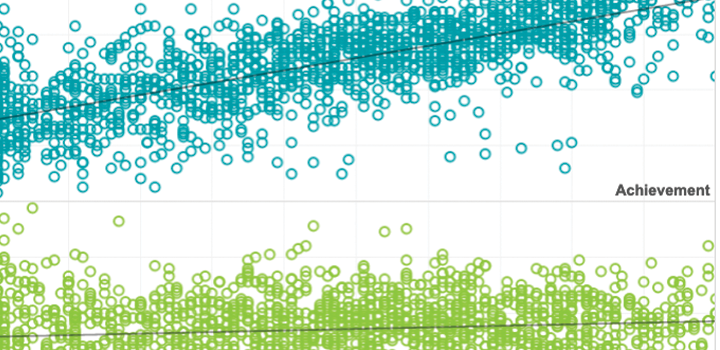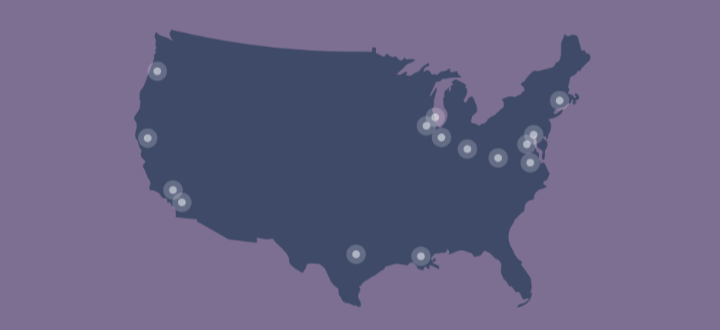Equity
It remains a critical challenge to ensure all children—regardless of race, ethnicity, gender, socio-economic status, and/or ability—have access to a high-quality education. We are at a pivotal time where communities and schools are navigating issues of equity, poverty, and opportunity gaps against a backdrop of shifting education policy. With access to exceptional data and a multi-disciplinary team of researchers and research partners, we are able to provide unique insight into these important issues.
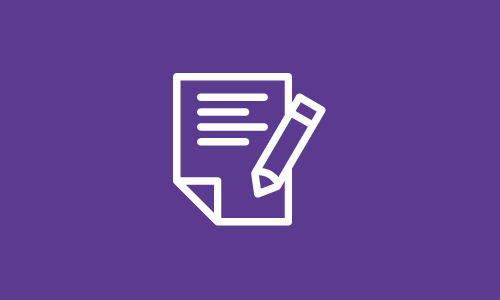

Looking beyond vision: Supports for students who are blind or visually impaired in mathematics
This review examines research on math achievement in students who are blind or visually impaired, the opportunities that BVIs have to demonstrate their knowledge of mathematics, as well unique challenges they face and ways in which these barriers have (or have not) been addressed.
By: Sonja Steinbach
Topics: Accessibility, Equity, Math & STEM
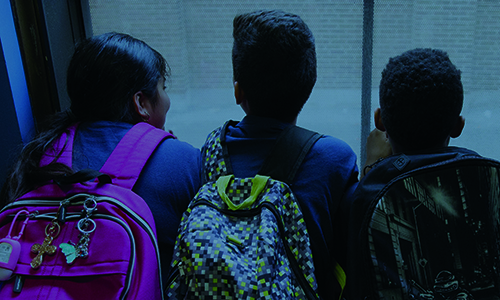

The forgotten 20 percent: Achievement and growth in rural schools across the nation
New research using data from over 2,300 rural schools across the US provides unique insight into math and reading achievement of students in rural schools so educators and policymakers can better understand and support the potential needs of rural schools.
By: Angela Johnson, Megan Kuhfeld, James Soland
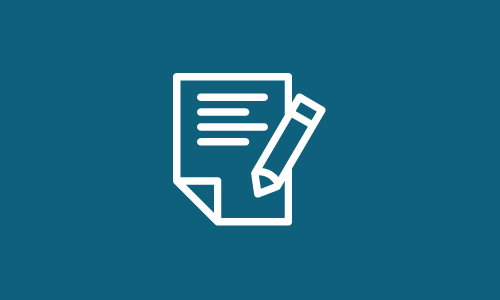

Achievement and growth for English Learners
This study reports achievement and growth from kindergarten to 4th grade for three groups of English Learners. The findings suggest summer support is required to help ELs maintain and develop academic skills.
By: Angela Johnson
Topics: Equity, English Language Learners, Seasonal learning patterns & summer loss
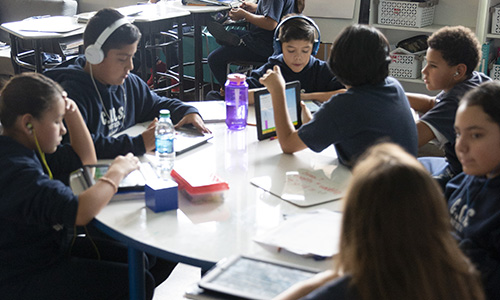

The MAP Growth theory of action describes key features of MAP Growth and its position in a comprehensive assessment system.
By: Patrick Meyer, Michael Dahlin
Products: MAP Growth
Topics: Equity, Measurement & scaling, Test design


What do teachers know about dyslexia? It’s complicated!
The purpose of this study was to examine the concepts of dyslexia teachers know accurately as scientific conceptions, hold as misconceptions, or are uncertain. Implications for teacher training in dyslexia are discussed.
By: Erin K. Washburn, Benjamin C. Heddy, Emily Binks-Cantrell, Tiffany Peltier
Topics: Equity, Reading & language arts


Achievement and growth for English Learners
This study reports achievement and growth from kindergarten to 4th grade for three groups of English Learners. The findings suggest summer support is required to help ELs maintain and develop academic skills.
By: Angela Johnson
Topics: Equity, English Language Learners, Seasonal learning patterns & summer loss


Equitable learning recovery must be grounded in solid research
The COVID-19 pandemic, coupled with political and social unrest, has deeply disrupted the lives and learning experiences of most students. It has created an urgent need to address long-standing opportunity gaps and has highlighted the importance of providing resources that support student achievement, social-emotional learning, and physical and mental well-being. This urgency for action to address the impacts is valid, but it has also created a noisy environment of potential options of what might be best for students. It’s critical, now more than ever, for decisions to be grounded in solid research.
By: Beth Tarasawa
Topics: COVID-19 & schools, Equity
